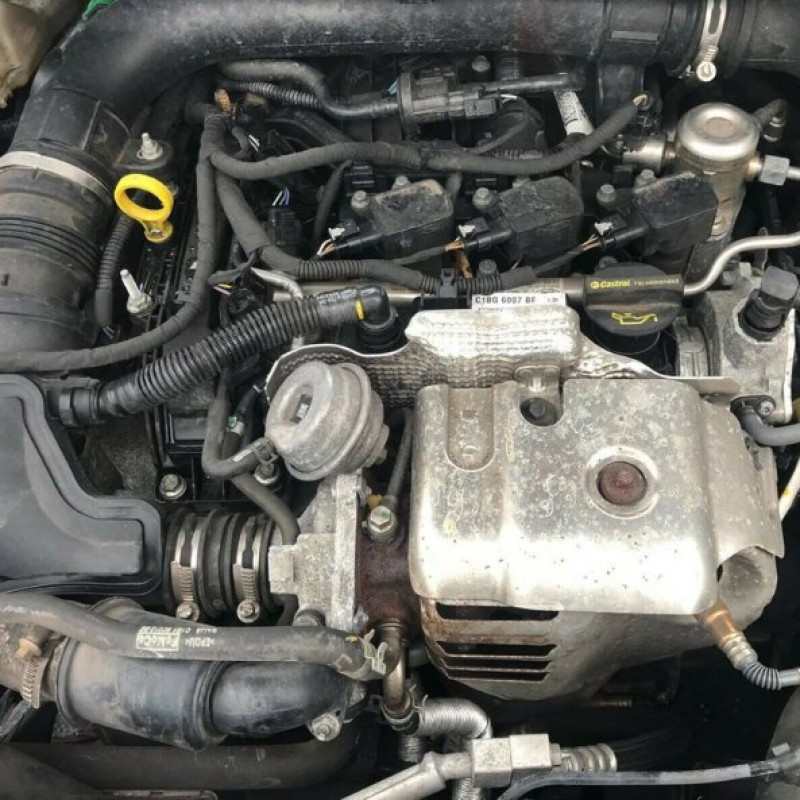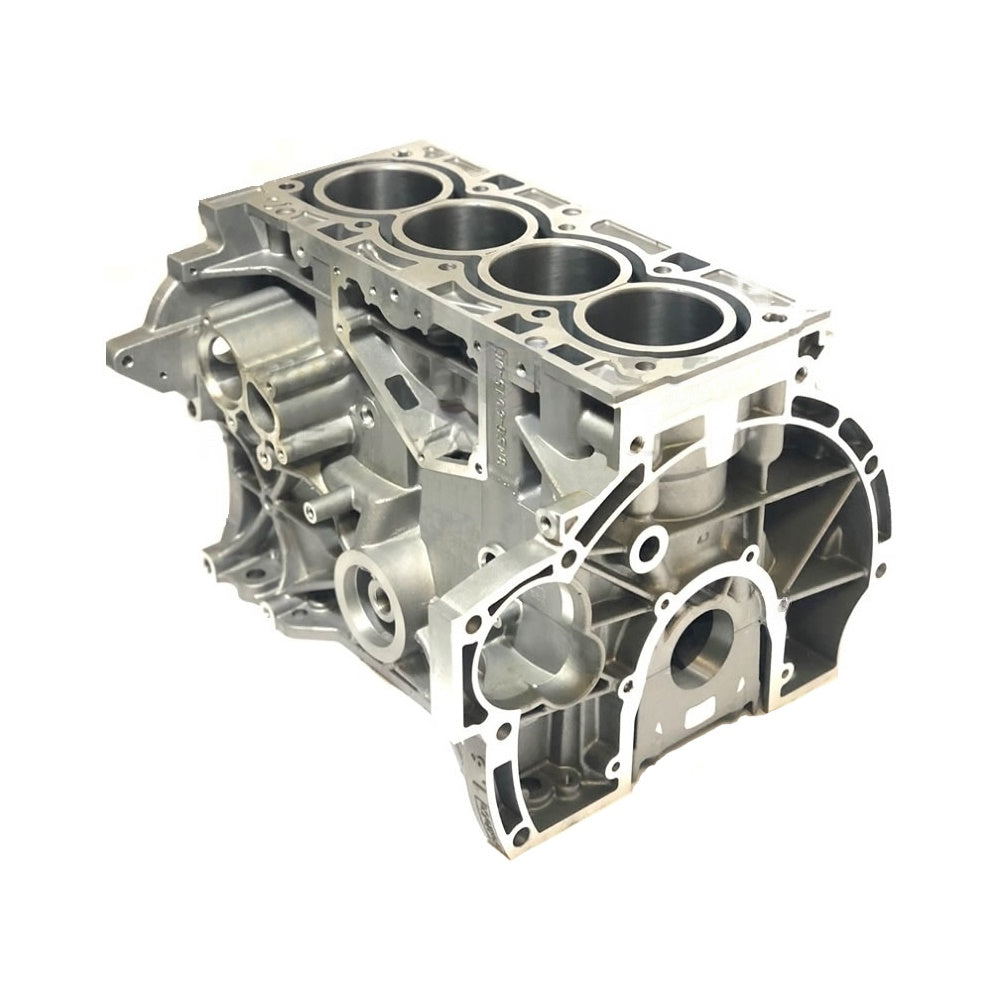What to Look for When Buying a Used Ford Fiesta Engine
What to Look for When Buying a Used Ford Fiesta Engine
Blog Article
Discovering the Evolution of Engines: From Traditional Styles to Modern Marvels
From the preliminary vapor engines that powered the Industrial Change to the appearance of internal combustion engines that changed mobility, each stage has contributed to better efficiency and ability. As we analyze these landmarks, one should take into consideration exactly how the future of engine layout may unravel, challenging our assumptions of power and performance.
The Birth of Engine Innovation
The introduction of engine technology noted an essential minute in human advancement, changing power conversion and transport. The earliest engines arised from the demand to harness mechanical power for practical use, leading to the growth of tools that transformed different energy types into movement (ford fiesta engine).
The advancement of the inner burning engine and the development of the vapor engine militarized a profound shift in industrial abilities. These engines not only improved performance but additionally increased the range of human mobility, enabling unmatched transportation opportunities. The early models prepared for the mechanized world, promoting the surge of sectors and reshaping social frameworks.
As engine styles advanced, they advanced and included ingenious products design concepts, leading the way for modern-day advancements - ford fiesta engine. The birth of engine innovation ignited a relentless pursuit of effectiveness and power, establishing the stage for the dynamic development of transportation and commercial machinery that would follow
Steam Engines and Their Influence

The vapor engine's influence was specifically noticeable in the transport market (ford fiesta engine). Steam-powered locomotives assisted in the rapid motion of products and individuals throughout vast distances, efficiently reducing the geographical barriers that had previously prevented trade and communication. Similarly, steamships transformed marine travel, enabling quicker and more trustworthy crossings of rivers and seas.
In market, vapor engines powered factories, enabling mass manufacturing and the rise of urban centers as centers of economic activity. Heavy steam modern technology promoted innovations in design and manufacturing processes, laying the foundation for future innovations in engine style.
The Increase of Inner Combustion
Often overshadowing heavy steam power, the rise of interior combustion engines noted a transformative shift in transportation and industry during the late 19th and very early 20th centuries. The development of these engines, characterized by their capability to burn fuel within the engine itself, enabled higher effectiveness and power contrasted to standard vapor engines. Pioneering inventors such as Nikolaus Otto and Rudolf Diesel played critical duties in refining engine designs, causing widespread adoption in autos, watercrafts, and industrial machinery.
The interior burning engine's portable size and reasonably light-weight nature assisted in the introduction of personal vehicles, changing specific wheelchair and reshaping urban landscapes. By enabling faster traveling and the reliable transport of goods, these engines militarized financial growth and cultivated globalization. The adaptability of fuel options, consisting of gas and diesel, additionally improved their charm, allowing for diverse applications across numerous sectors.
In spite of the environmental problems that would later on emerge, the preliminary appeal of internal burning innovation lay in its transformative potential. As culture accepted this technology, the foundation was laid for modern transportation systems, establishing inner burning engines as a keystone of commercial advancement and every day life throughout the 20th century.
Advancements in Engine Effectiveness
As interior combustion engines became important to transport and industry, the emphasis shifted in the direction of boosting their efficiency to satisfy growing needs for efficiency and sustainability. Innovations in engine design, material scientific research, and modern technology have substantially contributed to this development.
One significant development is the growth of turbocharging, which permits increased air intake, leading to even more total fuel burning and improved power result without increasing the size of engine size. Furthermore, variable shutoff timing systems helpful resources have actually been executed to optimize engine efficiency throughout various RPM arrays, thus enhancing fuel effectiveness.
The use of sophisticated fuel injection technologies, such as direct shot, has actually also played a vital duty. This technique enables more accurate control over the fuel-air mix, promoting much better burning and reducing emissions. Additionally, lightweight products, including aluminum and composite components, have actually been taken on to reduce general engine weight, leading to improved efficiency.
These improvements mirror a more comprehensive pattern within the automotive sector, where the synergy between design technology and ecological considerations drives the ongoing quest for greater effectiveness in internal burning engines. Because of this, modern-day engines are now extra effective, cleaner, and effective than in the past, leading the way for a more lasting future in transport.
The Change to Electric Power
With expanding issues over environmental effect and nonrenewable fuel source reliance, the automotive market is experiencing a significant shift in the direction of electric power. This shift is driven by a combination of technical advancements, governing pressures, and changing customer preferences. Electric cars (EVs) provide an engaging choice to conventional internal combustion engines, flaunting minimized greenhouse gas discharges and lower operating expense.
The rise of battery innovation has actually been a video game changer, with lithium-ion batteries coming to be much more economical and reliable. Improved energy density and faster charging capacities have made EVs a lot more sensible for everyday use. Governments worldwide are carrying out motivations and setting ambitious targets for phasing out fossil fuel cars, consequently increasing the fostering next page of electric power.
Significant automakers are investing heavily in r & d, leading to the introduction of a diverse series of electric models. This includes not just auto yet additionally business automobiles and public transportation options. As charging infrastructure expands and battery technology continues to improve, the change to electrical power is positioned to improve the vehicle landscape, advertising sustainability and technology in the years ahead. The future of click to read transport is electrical, and the energy is obvious.
Conclusion
The advancement of engine technology stands for a significant trajectory of technology that has greatly influenced transport and industry. From the foundational heavy steam engines to the transformative internal burning engines, each growth has contributed to boosted movement and financial growth.

Report this page